Smart homes have evolved from a futuristic idea to a crucial aspect of contemporary living. The convenience and efficiency provided by state-of-the-art technology allow individuals to personalize their living spaces, just like setting an alarm or changing the theme of a mobile phone. This article will delve into key recommendations for creating a personalized smart home that suits one’s preferences and lifestyle which is relevant if one is planning to build a house in a lot for sale in Cavite. Picture a living space where not just your gadgets, but the entire home is smart where you can control it from anywhere anytime.
Definition of a Smart Home
Basically, what is a smart home? A smart home refers to a residence equipped with devices that can be controlled remotely via mobile phone, laptop, and other portable gadgets through a network such as the Wi Fi. These devices, ranging from lighting systems to security cameras, enhance automation and connectivity within the home. As smart home technology continues to advance, the potential for increased energy efficiency and improved overall security further underscores the benefits of embracing this modern living approach.
Background on the Growing Trend of Customized Smart Homes
With the increasing availability of smart devices, homeowners are now opting for customized solutions that cater to their specific needs. This trend is driven by the desire for personalization and the seamless integration of technology into daily life.

In the Philippines, Cities, particularly Metro Manila, are experiencing a rise in the advancement of digital connectivity and automation. The Philippines is one of the APAC countries initiating the development of smart cities and smart homes. It is projected that by 2030, the digital economy in the country could contribute a substantial economic value of P5 trillion.
In the coming years, from 2023 to 2030, the Global Smart Home Automation Market is set to grow by a whopping 28.9%. This surge is fueled by people wanting to amp up their homes with better lighting, cooler entertainment, and energy-saving tech. The increasing focus on home security is also playing a big role in driving this growth.
What’s catching attention is how these smart home systems are teaming up with security setups. Picture this: you’re away, and your friend’s phone beeps when someone enters their place. They can even check out what’s happening on their security cameras from the phone. It’s this combo of making life comfy and secure that’s making the smart home market explode worldwide.
Benefits of Customized Smart Homes
Personalization and Convenience
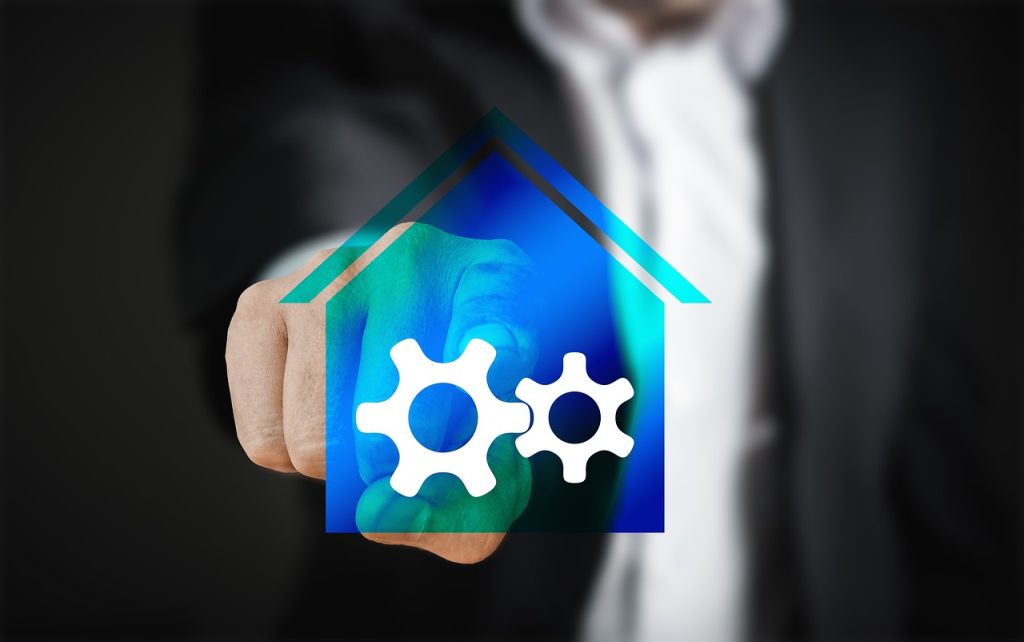
One of the primary advantages of a customized smart home is the ability to tailor automation to individual preferences. From lighting schedules to temperature settings, homeowners can create an environment that suits their lifestyle.
The IOT is used in various products, including refrigerators, laundry machines, air conditioners, and vacuum cleaners. These smart devices are equipped with voice control capabilities, an AI platform, and machine learning technologies. Integration with voice assistants like Alexa or Google Assistant allows for convenient control through voice commands.
Cool Examples of Smart applications:
A smart refrigerator allows users to remotely control temperature, adjust the ice maker speed, and receive a smart diagnosis of the fridge condition. Users can track food in the fridge and receive alerts about product expiration dates or if the door is left open.
A smart washing machine application allows users to manage their laundry remotely. They can initiate and complete washing cycles, choose the most suitable washing and drying settings, and receive notifications for scheduled appliance maintenance. This feature enhances convenience by providing users with control and updates on their laundry processes through their smartphones.
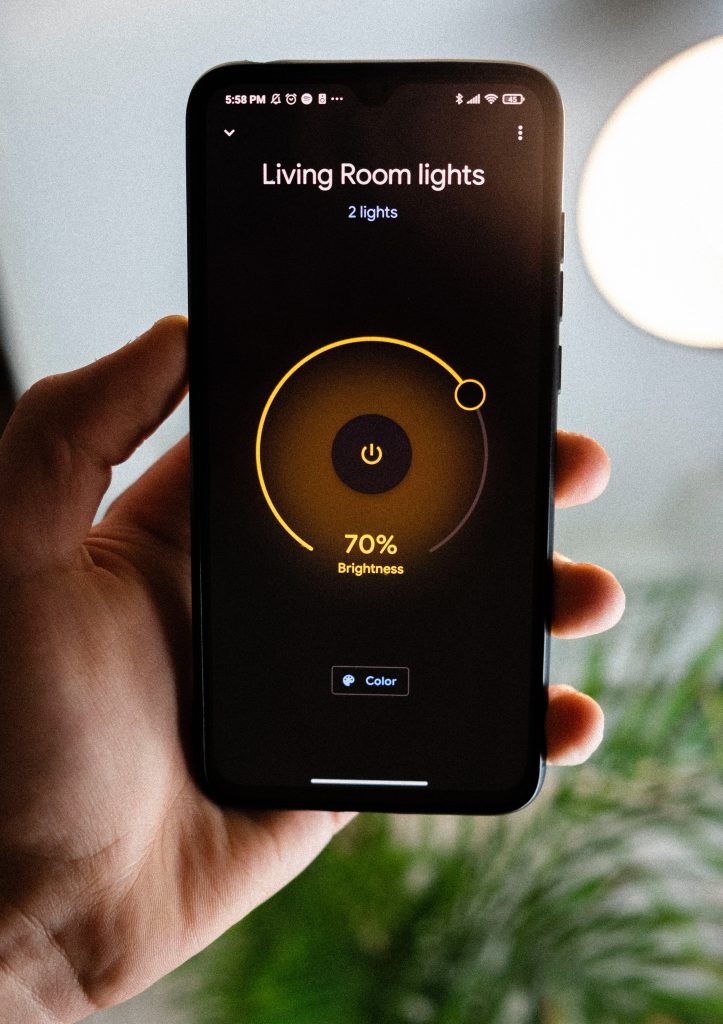
Smart lighting systems provide a way to control all the lights in a home remotely, allowing for automation and the ability to turn lights on or off using a smartphone. These systems can be voice-controlled through smart assistants like Amazon Alexa or Google Assistant, offering a hands-free option for managing light bulbs.
Automation features include the ability to automatically turn off lights when there’s no one at home or turn them on based on sensors detecting darkness which is cool. Additionally, the lighting systems can be programmed to follow specific patterns, like dimming bedroom lights after 9 pm or adjusting dining room lights when the TV is in use.
Energy Efficiency
Smart homes contribute to energy conservation by allowing users to monitor and control power usage. Automated systems ensure lights and appliances are only active when needed, resulting in significant energy savings. For example, a study by The Nest Learning Thermostat was shown to save approximately 10%-12% of heating usage and around 15% of cooling usage in homes equipped with smart central air conditioning.
Enhanced Security
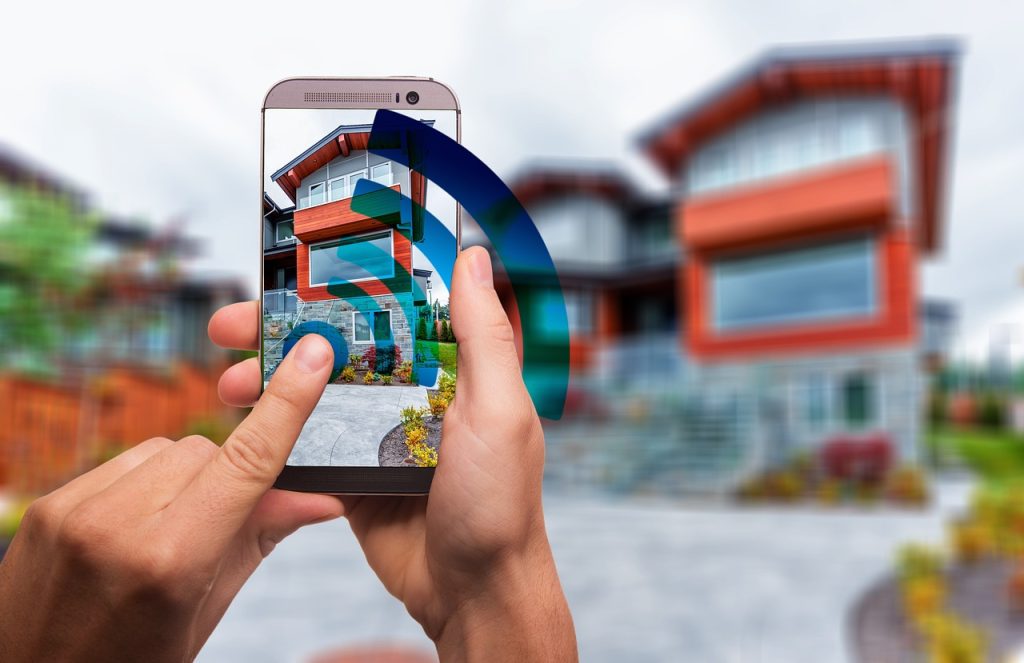
Customized security systems provide an extra layer of protection. Integration with surveillance cameras, smart locks, and motion sensors allows homeowners to monitor and secure their property remotely.
Integration with IoT Devices
The Internet of Things (IoT) has revolutionized and improved how devices connect with each other. A customized smart home seamlessly integrates various IoT devices, creating a cohesive and interconnected living space.
For example, IoT technology can facilitate the intelligent lighting system of your home. Motion sensors trigger smart lights connected to a central hub, allowing automatic adjustments based on occupancy. Residents can personalize settings through an application downloaded on their cellphones or use voice commands, this way, it optimizes energy usage and creates different lighting scenes.
The system also enables remote control, empowering residents to manage lighting remotely for security and convenience. IoT enhances the smart home experience by providing automated, energy-efficient, and remotely accessible lighting solutions. This is very cool and futuristic.
Planning a Customized Smart Home
Assessing Needs

Before embarking on a smart home journey, one must assess needs and priorities. One must consider factors such as security, entertainment, and energy efficiency to determine the required devices for building the desired Smart Home.
Budgeting and Cost Considerations
Creating a budget helps in prioritizing smart home features based on financial constraints. While some devices may be more affordable, others may require a more substantial investment.
Identifying Key Areas for Automation
If budget is being considered, or if one plans to transition a conventional home into a smart home, it is much more practical to focus first on key areas where automation can make a significant impact or where automation is much more needed. Common areas include lighting, security, climate control, and entertainment systems.
Choosing Smart Home Devices
Smart Lighting Systems

Opting for smart bulbs and lighting systems that offer customization in terms of color, intensity, and scheduling. This allows one to create different moods for various occasions.
Home Security Systems
One can invest in a comprehensive security system with features like surveillance cameras, doorbell cameras, and smart locks. These devices enhance the safety and security of a home.
Smart Thermostats
Regulating the house temperature efficiently with a smart thermostat. These devices learn the user’s preferences over time and adjust settings for optimal comfort and energy savings.
Entertainment Systems
Transform your living space into an entertainment hub with smart TVs, streaming devices, and audio systems. Integration with voice control platforms enhances the overall user experience.
Installation and Setup of Smart Home Devices
DIY vs. Professional Installation
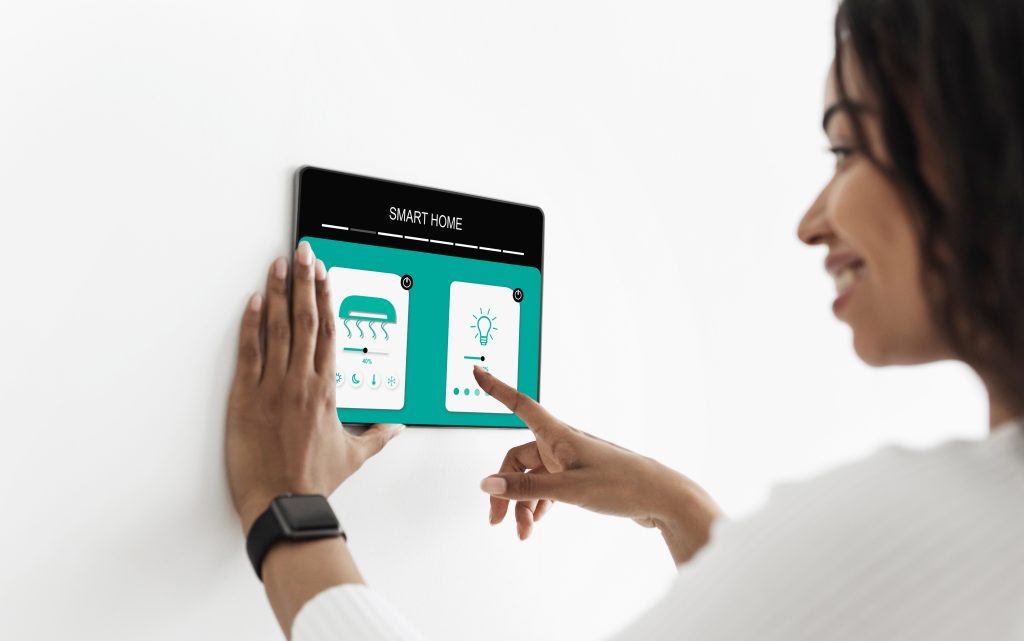
Consider your technical proficiency when deciding between DIY and professional installation. While some devices are user-friendly for self-installation, others may require the expertise of a professional. In case the devices have some error and needs fixing, it is better to wait for a professional or a personnel that is knowledgeable than going the DIY route.
Troubleshooting Common Installation Issues
Individuals should be ready to troubleshoot prevalent installation issues, such as connectivity problems or device compatibility issues. Manufacturers typically offer online resources and customer support to aid in overcoming these challenges. Additionally, numerous online forums and resources exist where users share their experiences and guides on resolving issues with appliances and smart home devices.
Ensuring Compatibility of Devices
Before purchasing smart home devices, ensuring they are compatible with the existing systems and other devices is also important. This prevents complications during the integration process.
Integrating Voice Control
Overview of Voice Control Platforms
Popular voice control platforms include Siri, Amazon Alexa, and Google Assistant. Choose a platform that aligns with your preferences and integrates seamlessly with your selected smart devices.
Setting Up Voice Commands

Configure voice commands to control various aspects of your smart home. This includes turning lights on and off, adjusting thermostat settings, and even locking doors—all through simple vocal instructions.
Improving Voice Recognition Accuracy
To enhance voice recognition accuracy, train your voice control platform by following the provided instructions. This ensures more precise and reliable execution of your commands.
Network Security and Privacy
Importance of Secure Networks
There are cases in other countries, that even a sports car can be hacked. It is unbelievable because one might think it only happens in Fast in the Furious movies, but it is true. A house is much bigger than a car, and it is important to Protect a smart home from cyber threats by securing the network.
Once networks are established, it is important to:
- Set strong passwords
- enable encryption
- regularly updating the router’s firmware to safeguard against potential vulnerabilities.
- Frequently update the software of your smart devices to access new features, improvements, and security patches. Manufacturers often release updates to address potential vulnerabilities and enhance device performance.
Safeguarding Personal Data
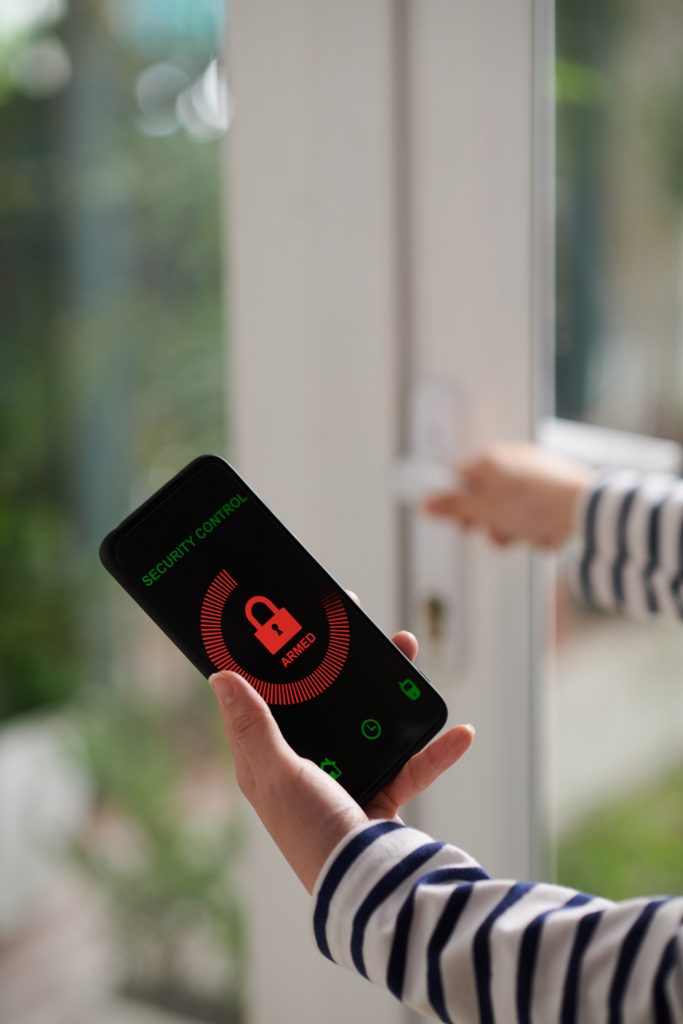
Being mindful of the data collected by smart devices and platforms is for safety purposes. Opting for devices with robust privacy features, and regularly review and adjust privacy settings to maintain control over your personal information. Here are some of the ways to safeguard personal data:
- Regularly review and adjust privacy settings on smart devices and online platforms to control the amount of personal information being collected.
- Usage of strong, unique passwords for online accounts and enable two-factor authentication when available to add an extra layer of security.
- Being cautious about granting unnecessary permissions to apps and services, limiting access to only essential information.
- Keep software and devices updated with the latest security patches and updates to protect against vulnerabilities.
- Monitoring of financial statements and credit reports regularly to detect and address any suspicious activity promptly.
Troubleshooting and Maintenance
In managing smart home systems, one should stay aware of common issues such as connectivity problems, device malfunctions, and software glitches, addressing them promptly to minimize disruptions. It’s crucial to establish a routine for regular system updates to keep all devices running on the latest software, preventing compatibility issues and ensuring optimal performance.
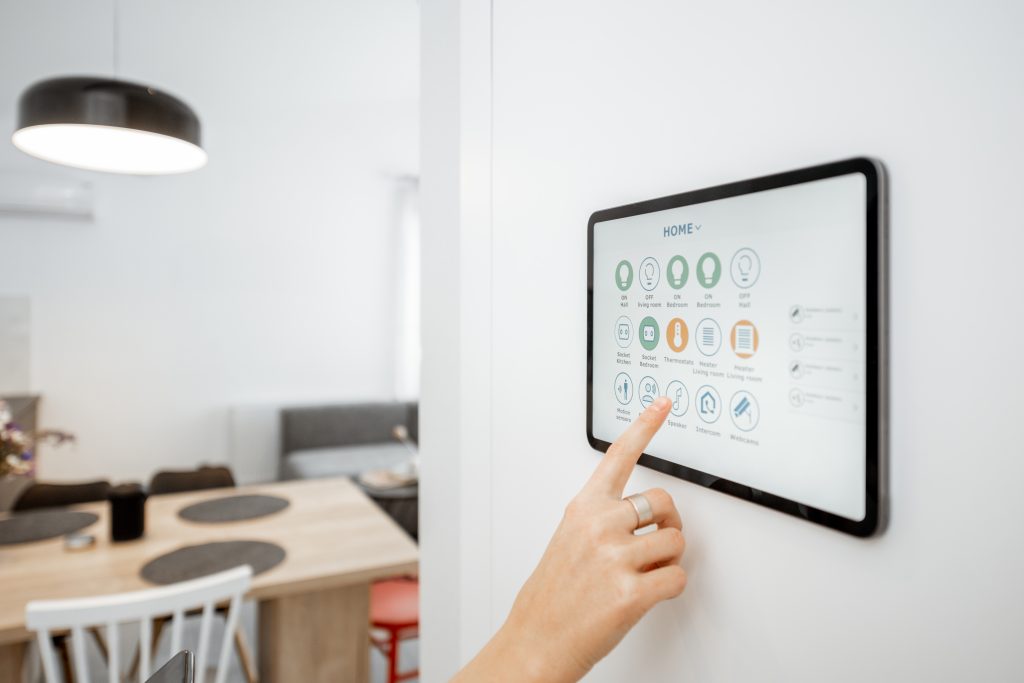
When faced with complex issues beyond one’s expertise, seeking professional assistance from certified technicians is advisable to guarantee the continued smooth operation of the smart home. It will save the hassle and the amount of money spent to fix the problem.
The Wrap Up
Customizing a smart home offers a contemporary living experience with personalized convenience. The global surge in smart home technology highlights benefits like energy efficiency, enhanced security, and IoT integration. Planning involves assessing needs, budgeting, and prioritizing key areas like lighting, security, and entertainment. The choice between DIY and professional installation depends on technical proficiency. Integrating voice control platforms enhances user experience while prioritizing network security safeguards against cyber threats. Regular monitoring and professional assistance ensure ongoing success, maintaining a comfortable, secure, and futuristic living space.


